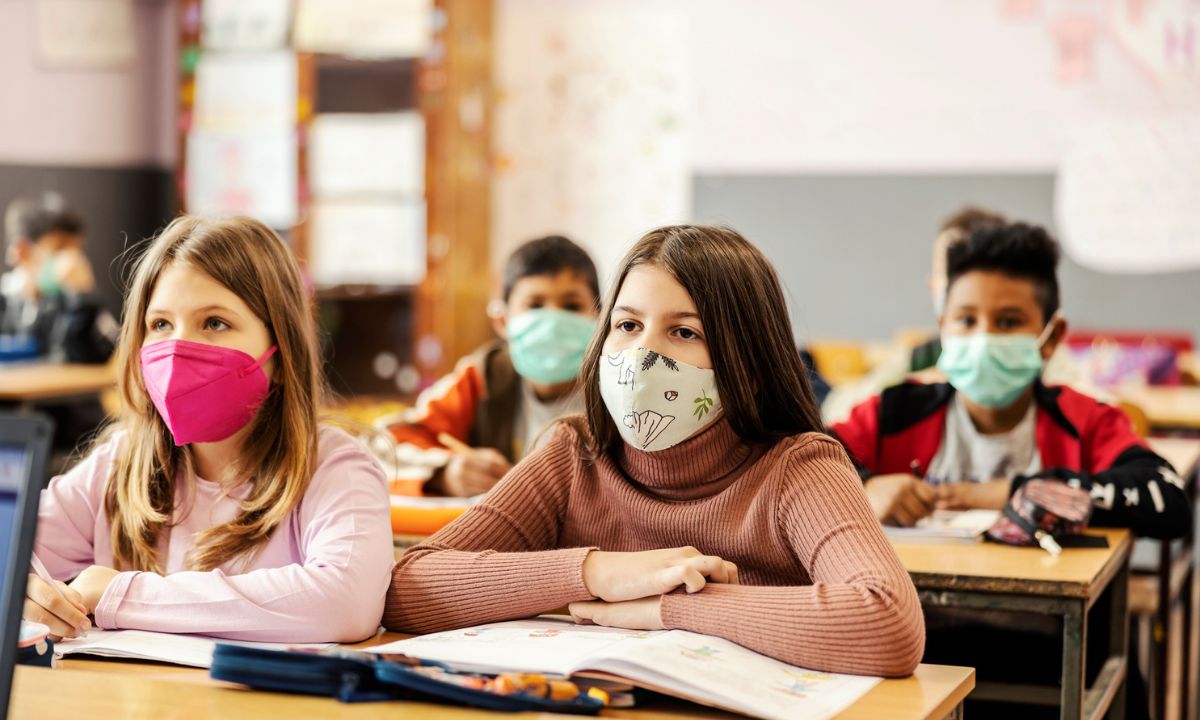However, focusing on that type of COVID recovery framework feels less and less meaningful with each passing day. Since the start of the pandemic, most students have moved up multiple grade levels (or graduated!), and districts are already in the last year of spending down their federal emergency COVID relief funds.
There isn’t and won’t be an educational equivalent to the World Health Organization or Centers for Disease Control and Prevention proclaiming the end to the global health emergency. But it’s time for a new framework that shifts from a temporary recovery mindset to a more lasting and permanent emphasis on growth, equity and continuous improvement.
Get stories like these delivered straight to your inbox. Sign up for The 74 Newsletter
What could that look like? There’s a growing consensus around three key levers: getting kids back in school, expanding and monitoring high-dose tutoring and increasing summer or afterschool learning time. Along with the Biden administration’s recent proposal for $8 billion in Academic Acceleration and Achievement Grants, researchers such as Harvard’s Tom Kane and the American Enterprise Institute’s Nat Malkus are all pointing to the same problem areas and potential solutions.
New Study: School Nurses Are Untapped Resource to Combat Chronic Absenteeism
Three structural shifts must happen to address the needs of the next generation.
First, students must get back in school. Research consistently finds that attendance, behavioral infractions and successful completion of academic coursework are strong predictors of outcomes like high school graduation, college attendance and college persistence. That’s true even after controlling for a student’s standardized test scores. In fact, in recent research, NWEA’s Megan Kuhfeld and colleagues at the University of Maryland and Stanford found that measuring academic behaviors such as regular attendance also did a good job of capturing other social-emotional skills like self-management, a belief in one’s ability to succeed, growth mindset and empathy for others from diverse backgrounds.
Their work also uncovered a promising nugget for policymakers. Given how strongly partial-day absenteeism predicted long-run outcomes, policymakers could consider tracking and monitoring it closely. Other factors, such as tardiness, referrals for in-school discipline and participation in extracurricular activities are also relatively easy to measure and potentially contain rich information about students. Tracking these interim outcomes — and then helping students improve on them — is likely to help boost longer-term outcomes as well.
Second, students who need it most should receive high-dosage tutoring. There’s a large and growing body of research finding that students who complete high-dosage tutoring post impressively large gains in test scores when those programs are implemented appropriately. That research has convinced districts across the country to create or expand their tutoring programs. But as the federal ESSER funding cliff approaches, policymakers should work with local education leaders to sustain high-quality, high-dose tutoring programs that are delivering the biggest gains for academically at-risk students.
High-Impact Tutoring: Inside the Efforts to Combat COVID Learning Loss
Third, schools should provide extra learning time through summer programs. Like tutoring, intensive, short-term interventions during summer vacations and other school breaks have shown success in raising student achievement. Multiple studies on the effects of summer learning programs have found positive impacts on student outcomes, especially in math. Those producing the strongest gains tend to offer supports for at least 20 days and pair struggling students with the most effective teachers.
Learning programs during shorter school breaks can also boost student achievement. For example, the Lawrence, Massachusetts, district offered week-long acceleration academies to students who were having difficulty in a particular subject. They were placed in small groups of 10 to 12 and taught by carefully selected educators. In total, students received about 25 hours of extra instruction per week, and the program was a key part of the district’s successful turnaround effort.
How States Can Make Summer Learning Programs Meaningful and Open to All Students
As the sun sets on the COVID recovery era, state and district leaders will need to be able to demonstrate the effectiveness of their investments in things like tutoring, summer programs and acceleration efforts. It has always been important to understand which programs or interventions are working, for which students and at what cost. Those questions must now be part of the new normal.
